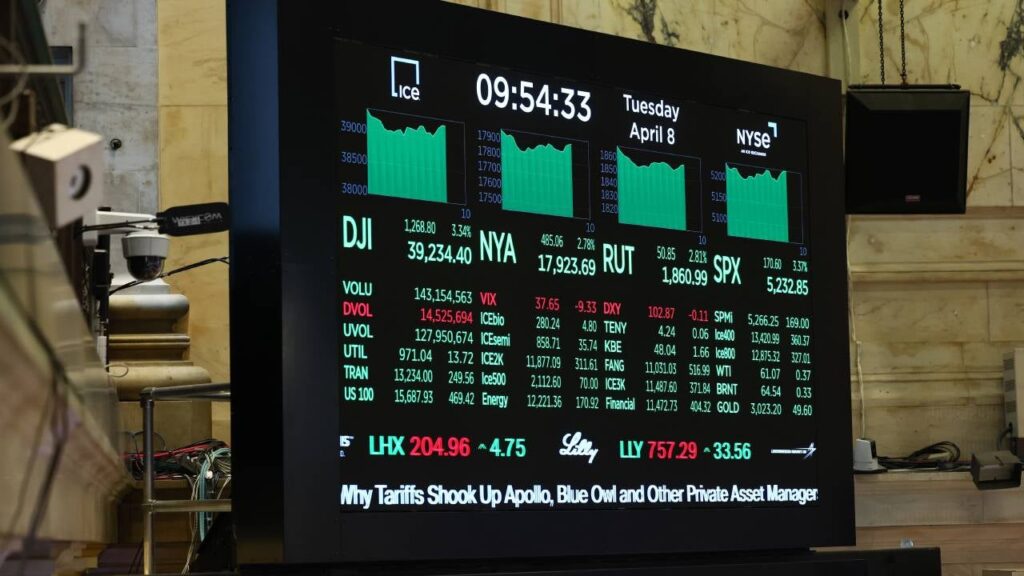The Dow vs. Nasdaq vs. S&P 500: Exploring the Key Differences
When it comes to stock market indices, three of the most well-known are the Dow Jones Industrial Average (Dow), the Nasdaq Composite Index (Nasdaq), and the S&P 500. While all three are used to gauge the overall performance of the stock market, they have key differences that set them apart from each other.
The Dow Jones Industrial Average (Dow)
The Dow, often referred to as just “the Dow,” is one of the oldest and most widely followed stock market indices. It consists of 30 large publicly traded companies in the U.S., representing a diverse range of industries. The Dow is price-weighted, meaning that stocks with higher prices have a greater influence on the index’s performance.
The Nasdaq Composite Index (Nasdaq)
The Nasdaq is known for its focus on technology and internet-related stocks. It includes over 2,500 companies, both domestic and international, and is market-capitalization weighted. This means that the largest companies by market value have the most significant impact on the index.
The S&P 500
The S&P 500 is a broader index that includes 500 large-cap companies listed on the New York Stock Exchange (NYSE) or Nasdaq. It is market-capitalization weighted and is considered a more accurate representation of the overall stock market compared to the Dow due to its larger number of constituents.
Key Differences
- The Dow consists of 30 large companies, Nasdaq includes over 2,500 companies, and the S&P 500 has 500 companies.
- The Dow is price-weighted, Nasdaq is market-capitalization weighted, and the S&P 500 is also market-capitalization weighted.
- The Dow focuses on industrial companies, Nasdaq on technology and internet-related companies, and the S&P 500 on a broader range of industries.
While all three indices are valuable tools for investors to gauge the performance of the stock market, understanding their differences can help in making informed investment decisions.

